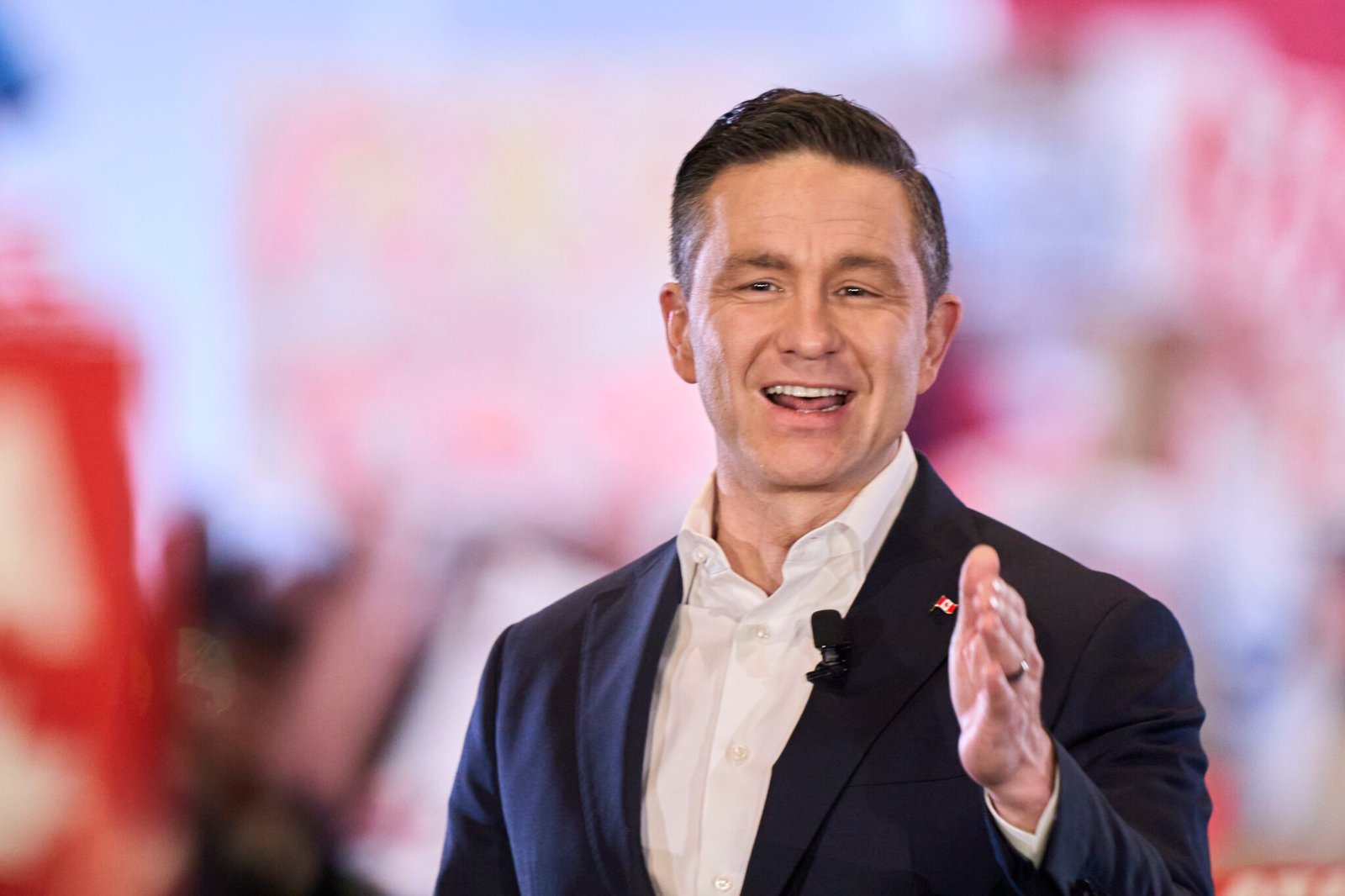Government Directs Pension Funds to Prioritize Canada
The federal government, led by Mark Carney’s administration, has launched an initiative to re-channel pension capital back into Canadian projects. Industry Minister Mélanie Joly told the Financial Times that the era of economic nationalism demands institutions place capital at home.
In fact, Ottawa aims to raise C$500 billion in new financing and has removed a previous cap restricting pension funds from owning more than 30% of voting shares in a Canadian entity.
Why the Shift and What It Means for Funds
In recent years, Canadian pension funds have directed large shares of assets abroad. For instance, the Canada Pension Plan Investment Board (CPPIB) continued heavy investment in the U.S. and emerging-markets infrastructure.
However, the government argues that investing domestically will help stimulate growth, create jobs, and bolster key sectors. At the same time, critics caution this approach might conflict with pension funds’ core mandate to maximise returns for beneficiaries.
Industry Response and Strategic Adjustments
Pension funds are responding differently. Some have already reduced their emerging-market exposure, for example cutting investment in Asia-Pacific regions due to geopolitical risk.
Still, many funds contend that limiting global diversification will raise risk and reduce long-term returns. The CPPIB, for instance, stressed that investing exclusively in Canada could undermine the fund’s sustainability.
Impacts on Canada’s Economy and Pensioners
For Canada, this policy signals a push to harness domestic capital for infrastructure, clean energy, and industrial growth. The “bring-capital-back” strategy intends to strengthen supply-chains and reduce dependence on overseas markets.
For pensioners, the shift could mean more money remains in the Canadian economy, but it might also entail accepting lower returns or higher risk if domestic investments do not perform as well. The trade-off between national economic interests and global diversification lies at the heart of the debate.











